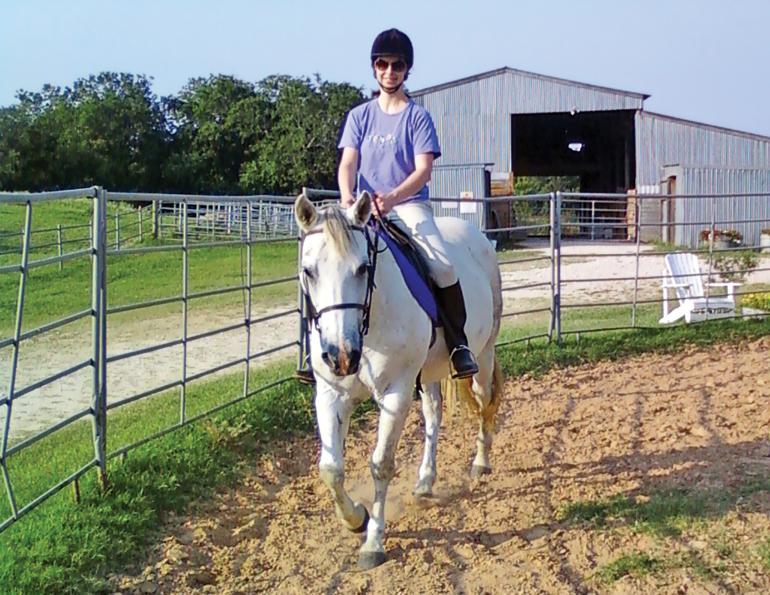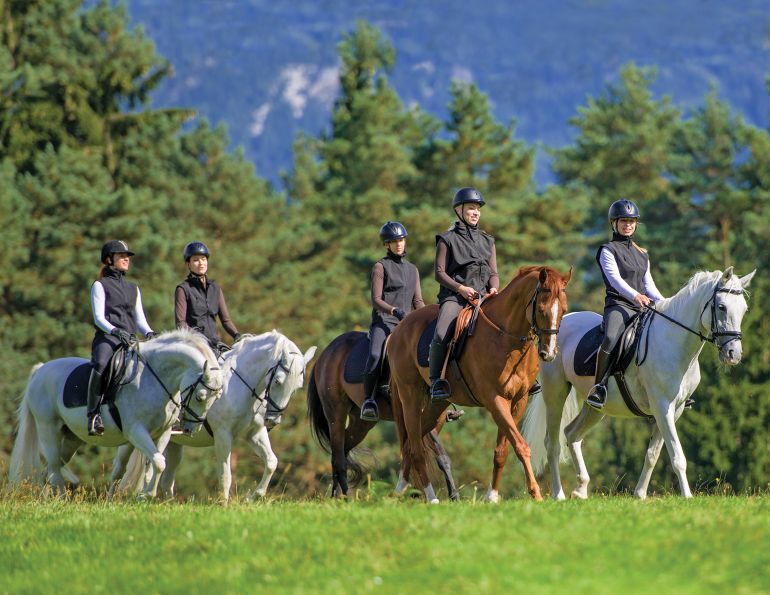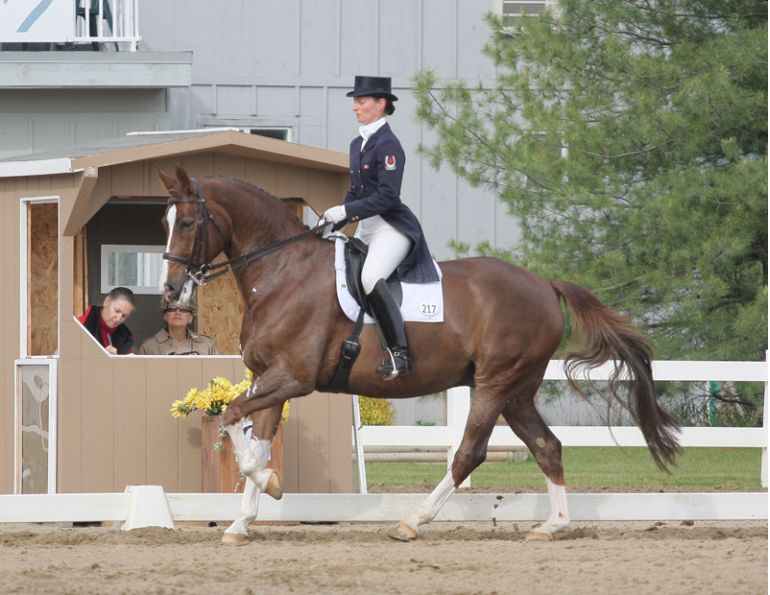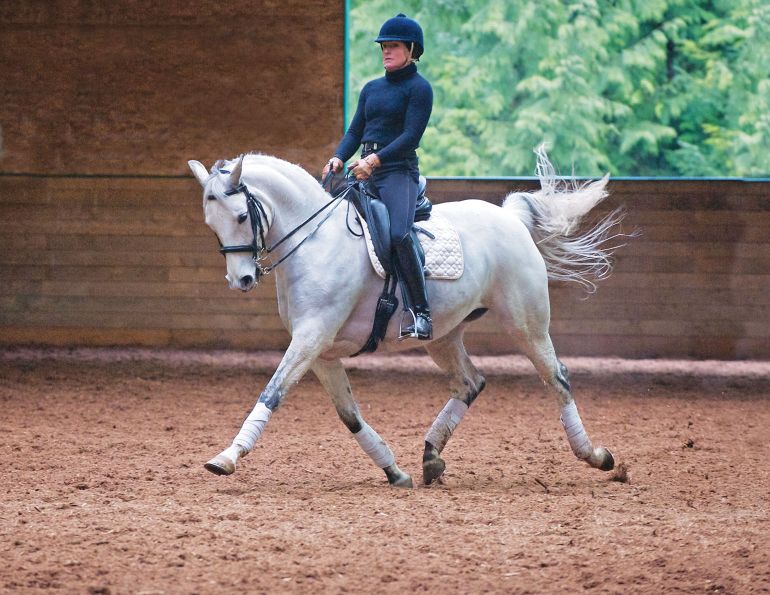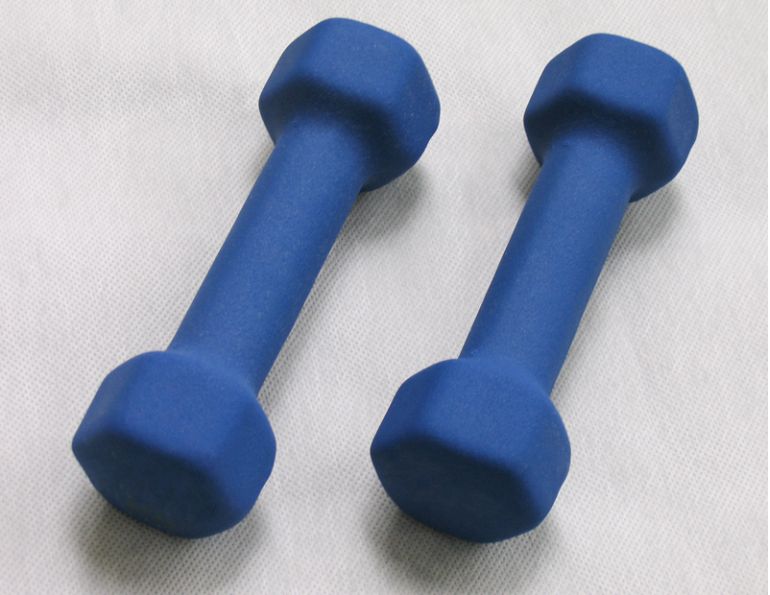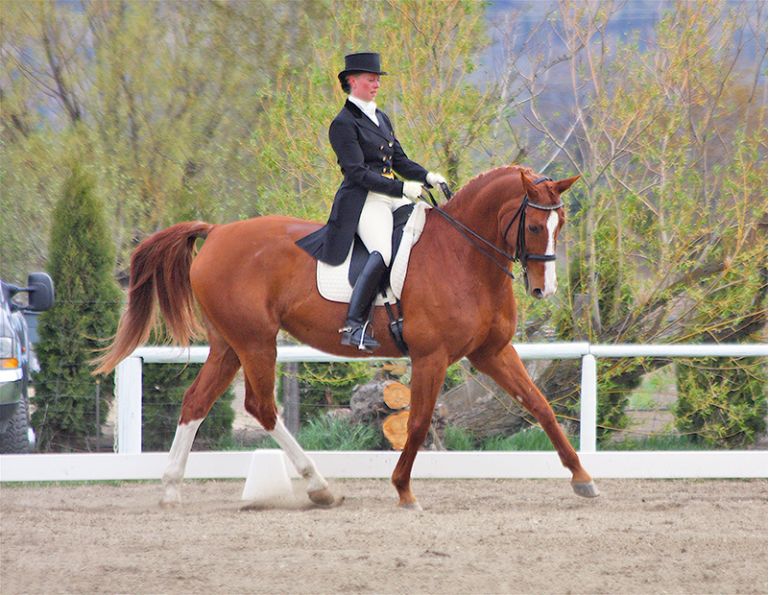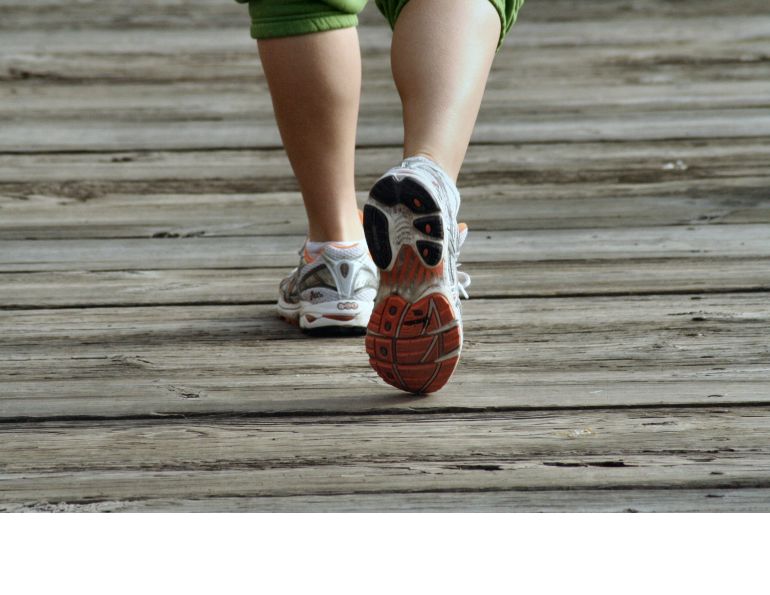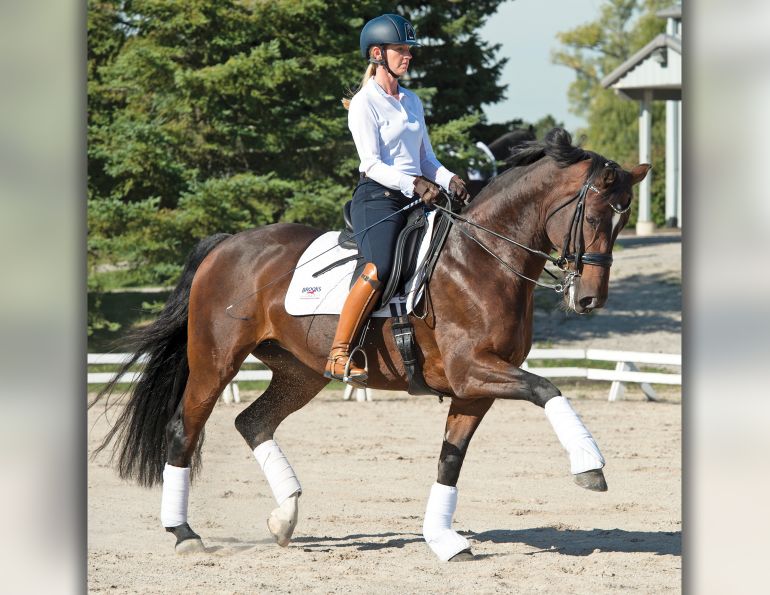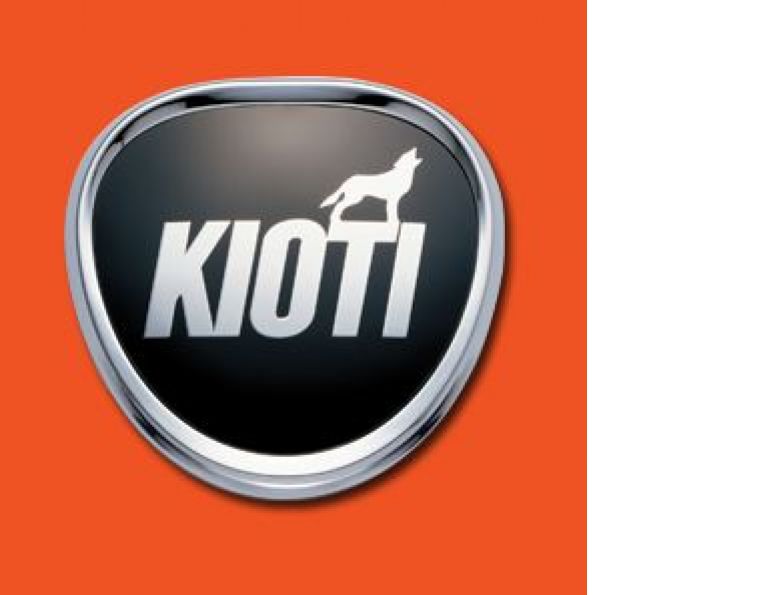how to relax on horse, By Heather Sansom
You are one of the biggest factors in whether or not your horse can move with balance and relaxation. You probably already know that your horse has a sixth sense for tension in your mind. As riders, one of our goals — no matter what discipline we are in — is to interfere with the horse as little as possible while doing the most we can to facilitate correct movement and way of going. We want to communicate clearly and maintain a balanced seat. All the therapies, hoof trimming, and saddle fitting in the world will not erase the effects of an unbalanced, floppy, or tense rider in the saddle.
In this article I’d like to discuss some factors that affect your ability to have that balanced and independent seat, and outline some exercises you can do to help.
In sports conditioning, there is a position we call the “athletic stance” in which the body is aligned, knees are slightly bent, and legs are about shoulder width apart. This is one of the most stable positions and also leaves the athlete ready to fire in any direction at a moment’s notice. In riding, I find it useful to think of our position in the saddle along similar lines because it highlights the ideas of self-carriage and readiness, with simultaneous lack of tension. This is what we want from our horse after all: attention and engagement, with calmness and focus. I call it responsive relaxation.
In clinics what I often see instead is stiffness created by over-thinking or trying too hard to hold a particular position, involuntary muscle contraction when aids are applied, or the opposite end of the spectrum: looseness, floppiness, or even slouching and wobbling in the middle.
Physical Tension
It can be very helpful to unblock physical tension in your body before riding. Riding another horse, sitting in your office, and engaging in other daily activities can all cause different tightness issues in muscles depending on patterns of stimulation or lack of use. Tightness from lack of use and knots from the use of muscles both create pull across your body and joints at the ligament ends of the muscles. The result is a negative effect on your posture.
Holding correct posture against unaddressed tightness requires you to use force to engage muscles in opposition to the pull created by the tightness. As a rider, force means tension. Any knots also create a hard area in the muscle itself which is less responsive to further demand.
I encourage all riders to do a stretching routine before riding to physically unblock tight muscles and ligaments so that you can start with straight posture, without having to apply force to do so. Not only will soft muscles convey relaxation to your horse, but you are also much more likely to feel your horse’s muscles under you. This feel makes for more accurate aids, a better partnership, and a safer ride since you are more likely to feel a spook before it happens, for example.
Another benefit of a pre-ride stretching routine is that it gives you an opportunity to separate yourself from your day or your last ride and re-focus.
Finally, tight muscles cannot take load in the same way that properly stretched muscles can. So, if you engage in more rigorous activities like gaming, cattle working, eventing, or polo, stretching will help reduce your risk of injury through muscle tearing or accidental acute strain.
Mental Tension
It’s almost impossible to relax your body when you have any degree of mental tension. You need to telegraph peace to your horse through those powerful gluteal muscles in your seat. When you are mentally tense, you transmit “run like the wind” because humans have been wired for thousands of years to tighten those muscles and sprint out of danger or into a fight when enough adrenaline is physically present in the body. Your mind responds by focusing with laser accuracy on the object of your fear.
Just for fun, when you’re walking around relaxed, imagine a bear suddenly crashing through the woods behind you and watch what your horse does with his ears and back muscles. Depending on the breed, he may just flick his ear and wonder what you’re so uptight about; or he may throw his head straight up and widen his nostrils if he’s like my horse. Try the opposite sometime too. Early in your ride, start deep breathing and sighing your breath out in long audible sighs and see what your horse does.
Sport psychologists work with athletes to develop pre-performance rituals to help them use the natural physiological and psychological responses to the stress of competition to focus constructively. Exercises such as visualization and association of particular activities with relaxation help in the process. Using techniques such as breathing or visualizing your ride can help you get a more neutral seat with a responsive but relaxed body. You are relaxed because you know already what you will do. You are in control.
Tone and Endurance
Of course, lack of tension is only one side of the equation. You also need good muscle tone for self-carriage, otherwise you become a floppy rag doll. Floppiness results in ineffective and sloppy aids. I can’t count how often I see a rider frustrated that her horse will not listen to an applied leg, when in fact her own seat is telling the horse to move in the opposite direction, or do something other than what the rider is conscious of trying to communicate. Any demonstration of bridleless riding shows you how responsive your horse is to your seat as a primary aid.
Muscular strength and endurance are a very important part of your ability to carry and use your body for the duration of your ride. Cardiovascular conditioning factors in because it controls the distribution of oxygen to your muscles and brain, and therefore your endurance and precision.
Muscle Firing Patterns and Independence
A strong and flexible rider in fantastic cardiovascular shape who can maintain mental focus may still block the development of relaxed engagement in their horse’s back through involuntary tension in the seat and legs. It’s important to remain neutral in the saddle, regardless of what another part of your body may be doing. An example is being able to turn your torso above your waist without causing your seatbones to shift or legs to clamp. Another example would be maintaining balance in your stirrups on a cross-country course while landing over a fence, even though your torso needs to twist or lean back in response to the conditions. Often you may notice that if a rider is asked to turn his shoulders, the hips, legs, and seat follow along.
It takes hundreds to thousands of repetitions of a new pattern to break and replace a habitual muscle firing pattern (such as engaging legs and hip when asked to turn shoulders). That’s one reason why it’s so much easier to start a young horse than retrain an older one, or to learn a new sport as a child than as an adult when your body has its own ideas of how to move through space.
It’s also why using and repeating motions out of the saddle can accelerate your physical “learning curve” so that your automatic responses in the saddle are more accurate. You have enough to think about to produce a correct dressage test or an accurate and fast course of fences; you don’t need to have your attention taken up with how to engage your core to support your independent hip and shoulder movement.
Exercises
Some of the exercises I have riders use to develop their ability to engage a muscle group while maintaining good posture along with balance and neutrality in their hips and seat are seated and standing ball twists, and the open finger row.
The seated ball twist will help you determine whether your hips and seat are remaining neutral when you twist or stretch from side to side.
1. Seated Ball Twist: Sit on the ball with even weight distribution in both seatbones. Holding your arms out at shoulder height, engage your lower abdominals to stabilize your hips, your obliques, and back, and turn your ribcage and shoulder girdle until your arms are almost perpendicular to your hips.
Since the ball under you will roll slightly if you shift your seatbones, it is a very good “truth detector.” You can put your arms almost anywhere, but out to the side will tell you more readily where your shoulders truly are.
Many a rider will turn just their head when they think they are turning their shoulders. You may find that you can twist more easily in one direction than another.
Stretch the tighter side more, and do a few more repetitions on that side.
The standing twist can be done with a ball between your legs.
The standing twist can also be done on a balance board.
2. Standing Twist: Perform this exercise similarly to the seated version.
You can do several things to maintain straight hips while your upper body twists around: hold a fitness ball between your legs, stand on the floor paying attention to which way your hips face, or stand on a balance board.
Your goal is to achieve a twist without simultaneously twisting your hips or shifting your weight.
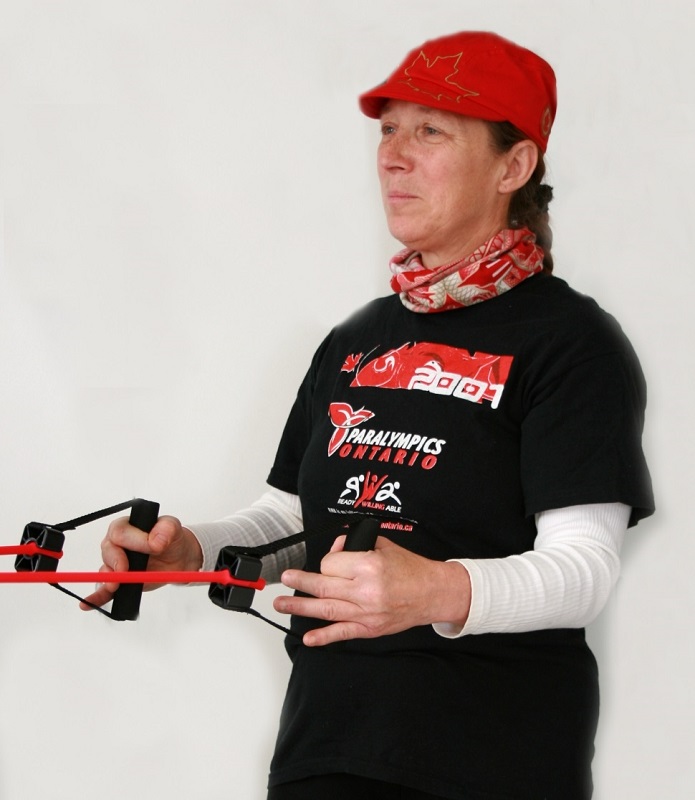
Fran, a para-equestrian with cerebral palsy, demonstrates the open finger row. Celebral palsy causes specific issues with spasticity, making muscle memory work for independent movement even more important.
3. Open Finger Row: This exercise is deceptive: it looks easy, but most of the people I work with start by doing it incorrectly. It looks like an arm exercise, so they use their arms. Actually, it’s a shoulder exercise.
As a rider, you want to be able to engage your shoulders without simultaneously engaging your biceps and squeezing your hands.
To help separate the commands to these muscle groups in your mind, perform the rowing exercise by focusing on reaching your shoulder blades (and arms) forward, and then squeezing your shoulder blades together.
Keep only two fingers around the handles of a resistance tube or a set of free-weights, so that you can wiggle the other fingers. If you are able to wiggle the other fingers, you will also have soft biceps.
Photos courtesy of Heather Sansom.
Main photo: Both horse and rider should travel with balance and relaxation. An unbalanced or tense rider will be reflected in an unbalanced and tense horse. It’s important to remain neutral in the saddle, with no involuntary tension in your seat and legs, regardless of what other body parts may be doing. Credit: Robin Duncan Photography





